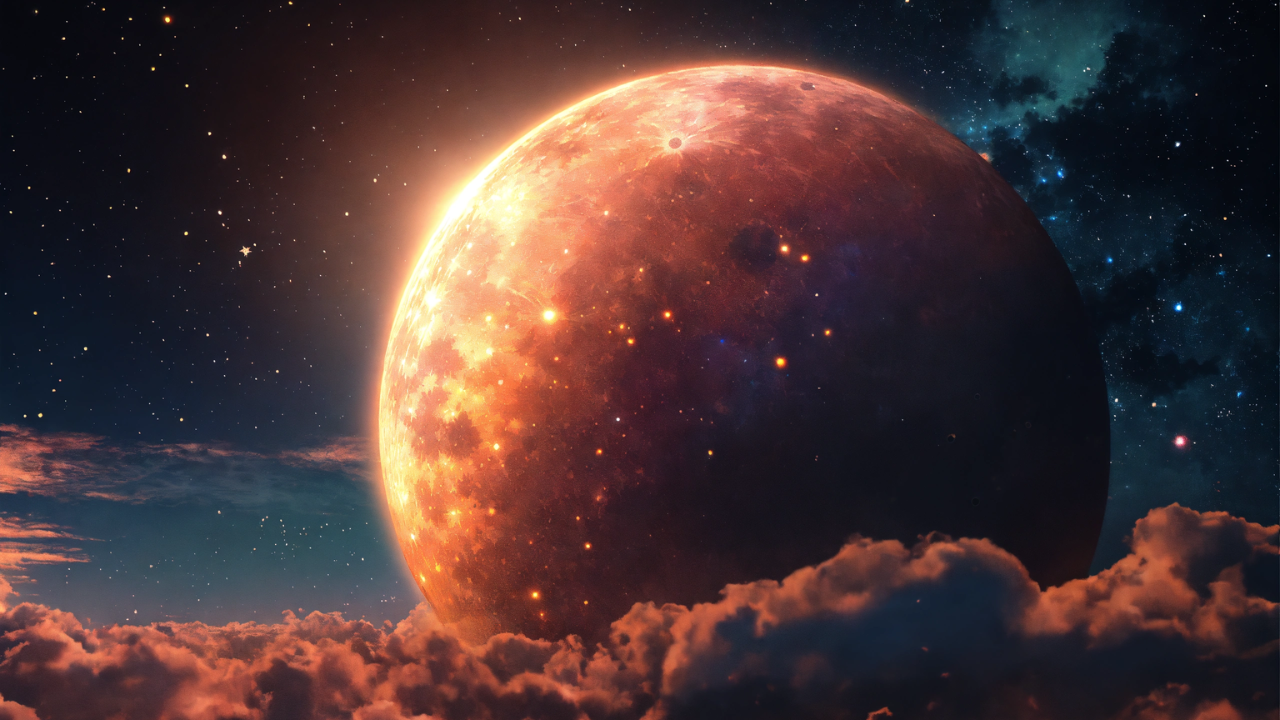Scientists have uncovered a potential hidden gem within Mercury, the smallest planet in our solar system. Utilising data from Nasa’s MESSENGER spacecraft, researchers suggest that beneath Mercury‘s crust lies a diamond mantle approximately 10 miles thick.
Mercury has always been an enigma to scientists due to its unique characteristics, such as its extremely dark surface, unusually dense core, and the early cessation of its volcanic activity.Another puzzling feature is the presence of graphite patches on Mercury’s surface, which led scientists to hypothesise that the planet once had a carbon-rich magma ocean in its early history.
This ocean would have risen to the surface, creating the graphite patches and contributing to Mercury’s dark appearance.
The same process that formed the graphite patches is believed to have also created a carbon-rich mantle beneath the surface. However, the research team proposes that this mantle is not composed of graphene, as previously thought, but rather of diamond, another allotrope of carbon.
“We calculate that, given the new estimate of the pressure at the mantle-core boundary, and knowing that Mercury is a carbon-rich planet, the carbon-bearing mineral that would form at the interface between mantle and core is diamond and not graphite,” explained team member Olivier Namur, an associate professor at KU Leuven. “Our study uses geophysical data collected by the NASA MESSENGER spacecraft,” Namur added.
To investigate this hypothesis, the team replicated the pressures and temperatures found within Mercury’s interior using a large-volume press here on Earth. They subjected a synthetic silicate, representing the material in Mercury’s mantle, to pressures exceeding seven gigapascals and temperatures up to 3,950 degrees Fahrenheit (2,177 degrees Celsius). This allowed them to study how minerals similar to those in Mercury’s early mantle would have transformed under these extreme conditions.
The researchers also employed computer modelling to analyse data about Mercury’s interior, providing insights into the potential formation of the diamond mantle.
The discovery of Mercury’s possible diamond mantle highlights the differences in the formation processes of the solar system’s rocky planets. “Mercury formed much closer to the sun, likely from a carbon-rich cloud of dust. As a consequence, Mercury contains less oxygen and more carbon than other planets, which led to the formation of a diamond layer,” Namur explained.
The researchers hope that this finding may help unravel other mysteries surrounding Mercury, such as the premature end of its volcanic phase around 3.5 billion years ago.
Looking ahead, the team plans to investigate the thermal effects of a diamond layer at the mantle/core boundary and eagerly awaits data from the BepiColombo mission, which will follow in the footsteps of MESSENGER and provide further insights into Mercury’s internal structure and evolution.
Mercury has always been an enigma to scientists due to its unique characteristics, such as its extremely dark surface, unusually dense core, and the early cessation of its volcanic activity.Another puzzling feature is the presence of graphite patches on Mercury’s surface, which led scientists to hypothesise that the planet once had a carbon-rich magma ocean in its early history.
This ocean would have risen to the surface, creating the graphite patches and contributing to Mercury’s dark appearance.
The same process that formed the graphite patches is believed to have also created a carbon-rich mantle beneath the surface. However, the research team proposes that this mantle is not composed of graphene, as previously thought, but rather of diamond, another allotrope of carbon.
“We calculate that, given the new estimate of the pressure at the mantle-core boundary, and knowing that Mercury is a carbon-rich planet, the carbon-bearing mineral that would form at the interface between mantle and core is diamond and not graphite,” explained team member Olivier Namur, an associate professor at KU Leuven. “Our study uses geophysical data collected by the NASA MESSENGER spacecraft,” Namur added.
To investigate this hypothesis, the team replicated the pressures and temperatures found within Mercury’s interior using a large-volume press here on Earth. They subjected a synthetic silicate, representing the material in Mercury’s mantle, to pressures exceeding seven gigapascals and temperatures up to 3,950 degrees Fahrenheit (2,177 degrees Celsius). This allowed them to study how minerals similar to those in Mercury’s early mantle would have transformed under these extreme conditions.
The researchers also employed computer modelling to analyse data about Mercury’s interior, providing insights into the potential formation of the diamond mantle.
The discovery of Mercury’s possible diamond mantle highlights the differences in the formation processes of the solar system’s rocky planets. “Mercury formed much closer to the sun, likely from a carbon-rich cloud of dust. As a consequence, Mercury contains less oxygen and more carbon than other planets, which led to the formation of a diamond layer,” Namur explained.
The researchers hope that this finding may help unravel other mysteries surrounding Mercury, such as the premature end of its volcanic phase around 3.5 billion years ago.
Looking ahead, the team plans to investigate the thermal effects of a diamond layer at the mantle/core boundary and eagerly awaits data from the BepiColombo mission, which will follow in the footsteps of MESSENGER and provide further insights into Mercury’s internal structure and evolution.

